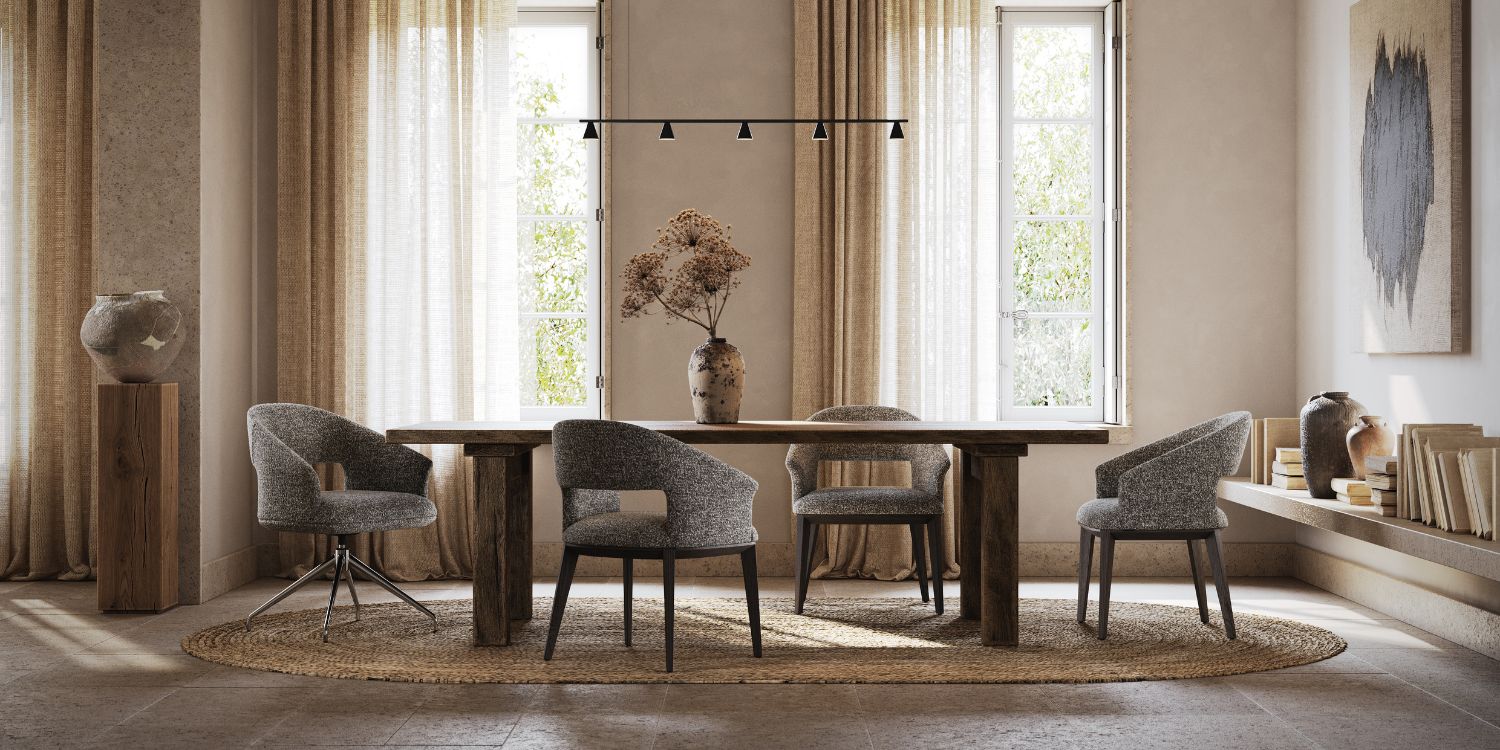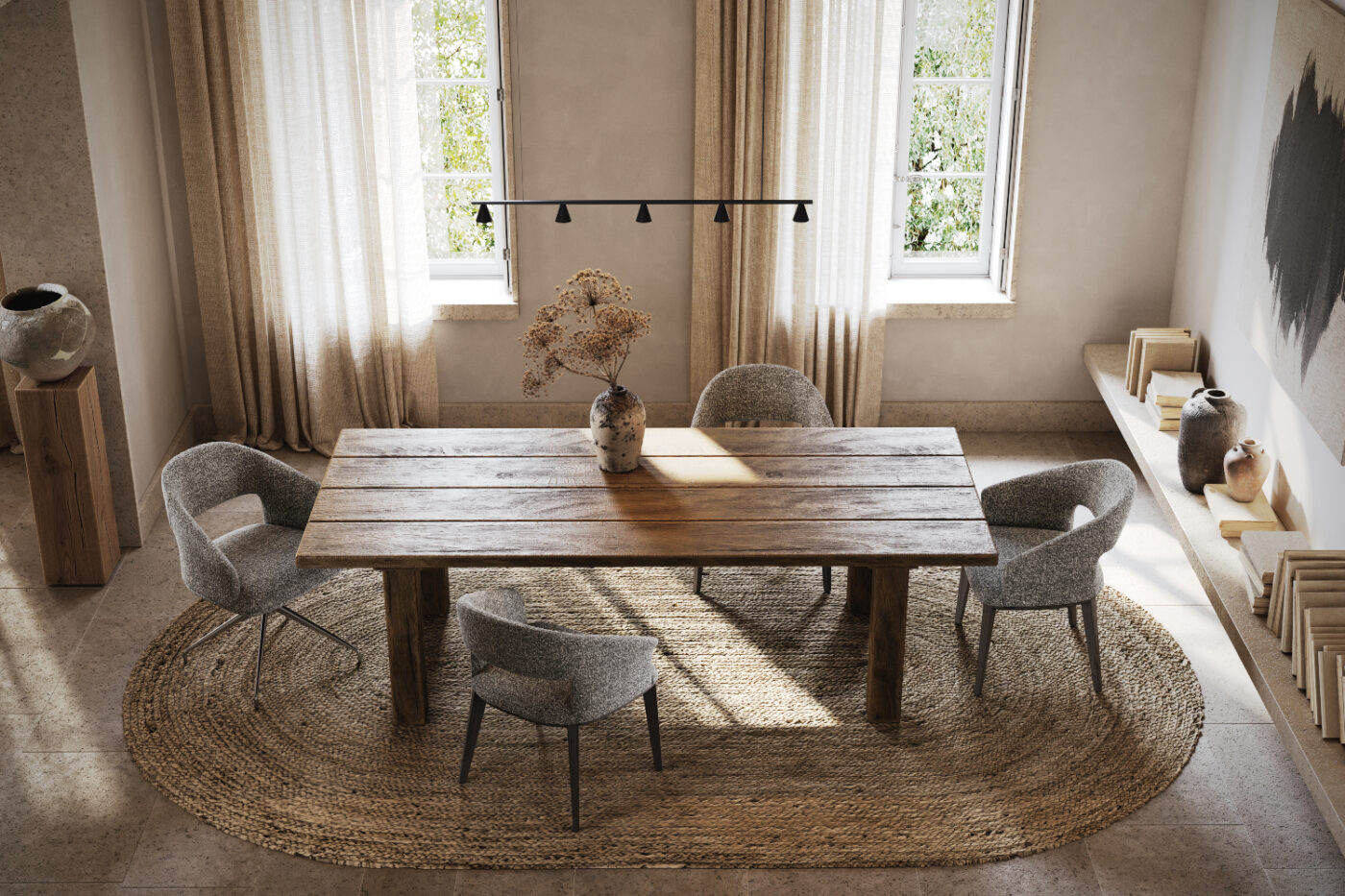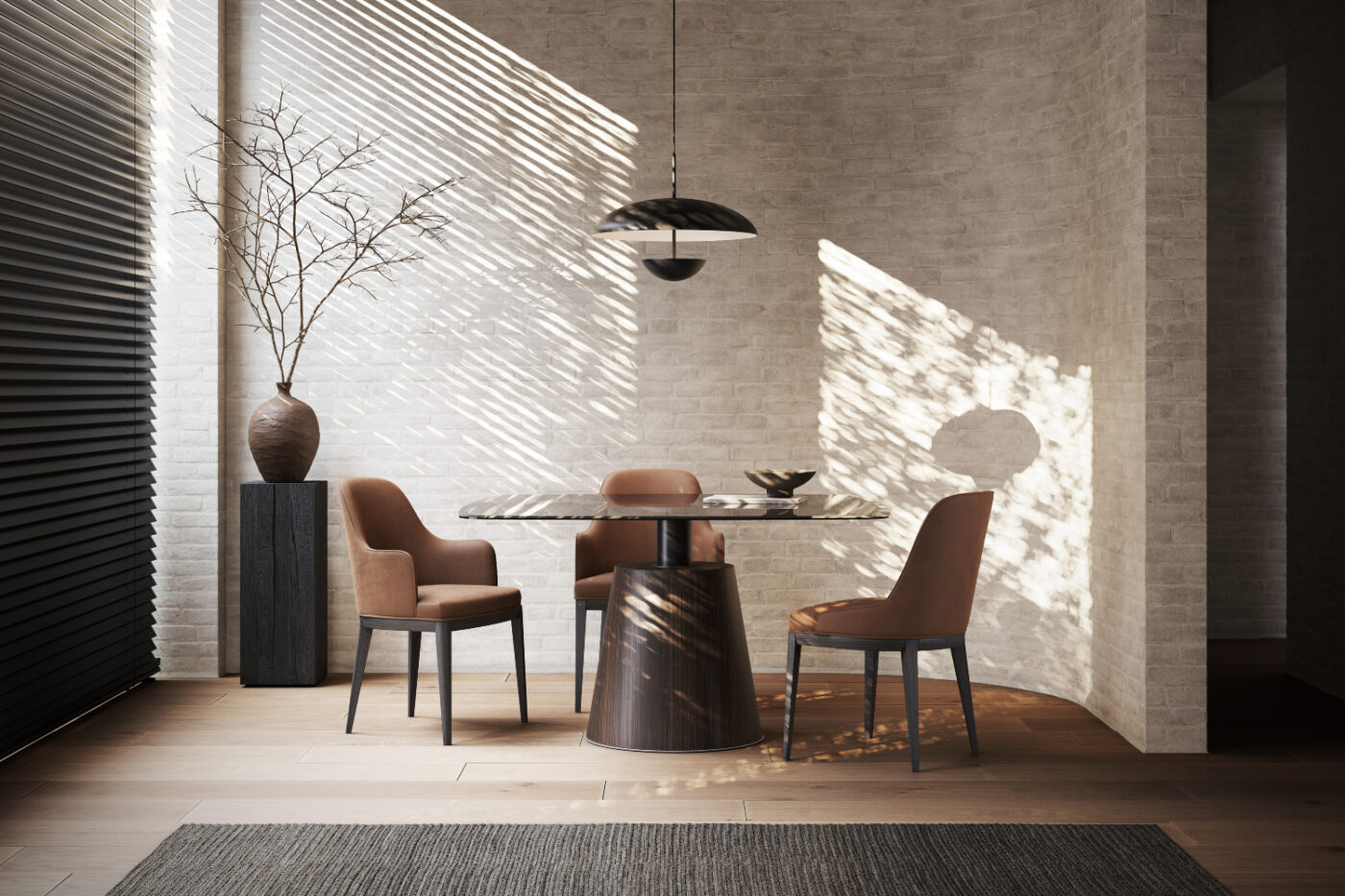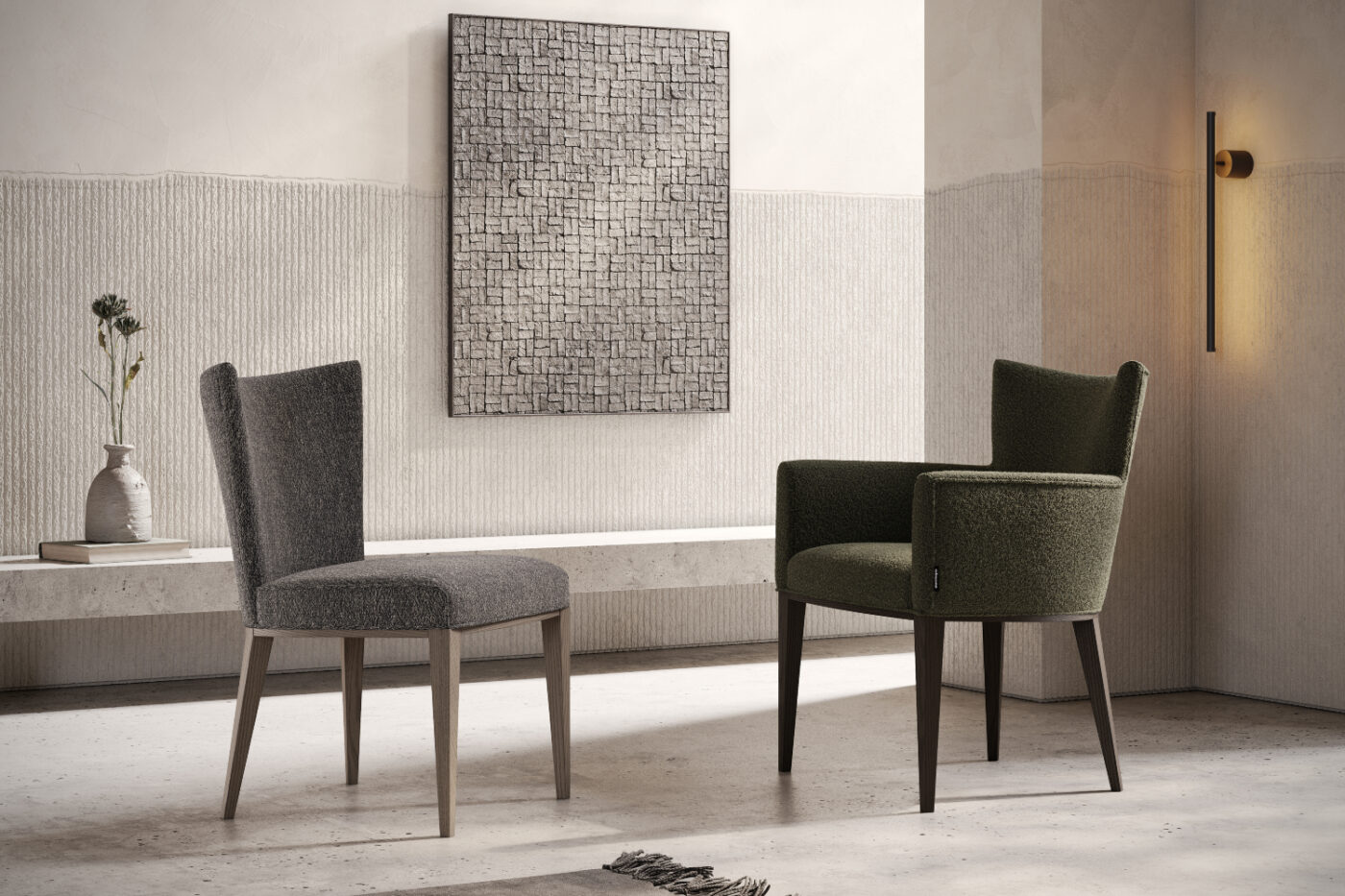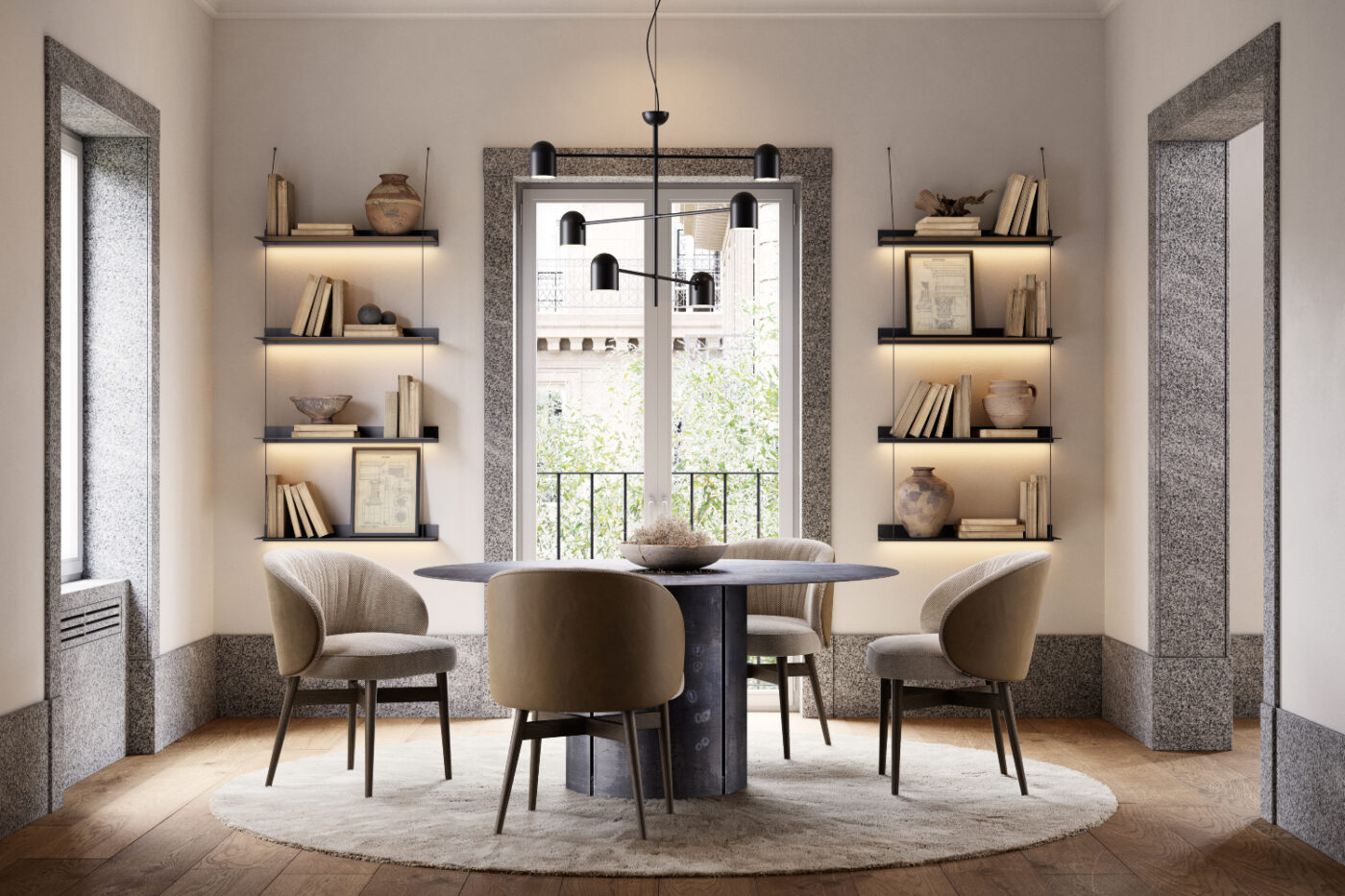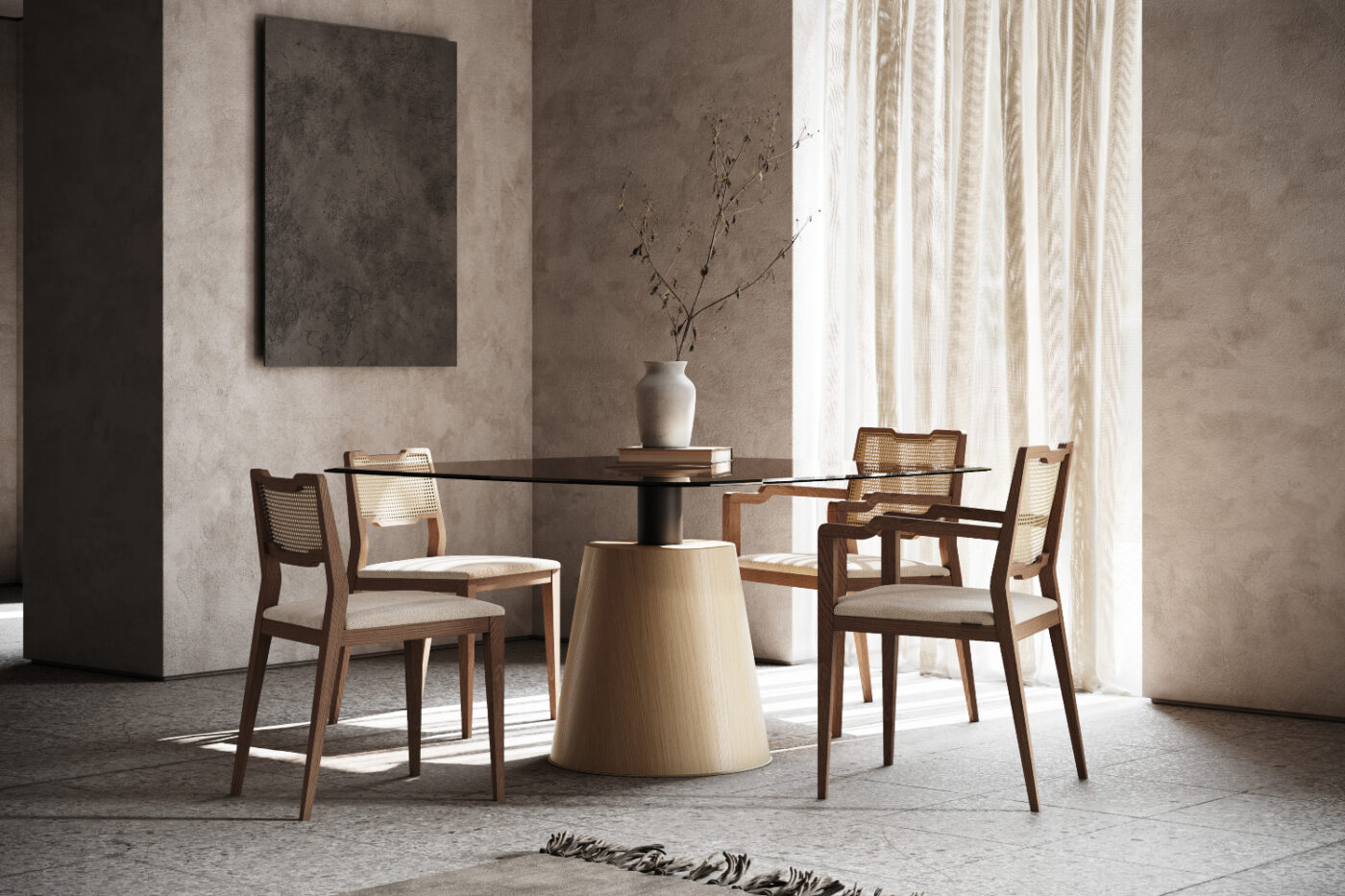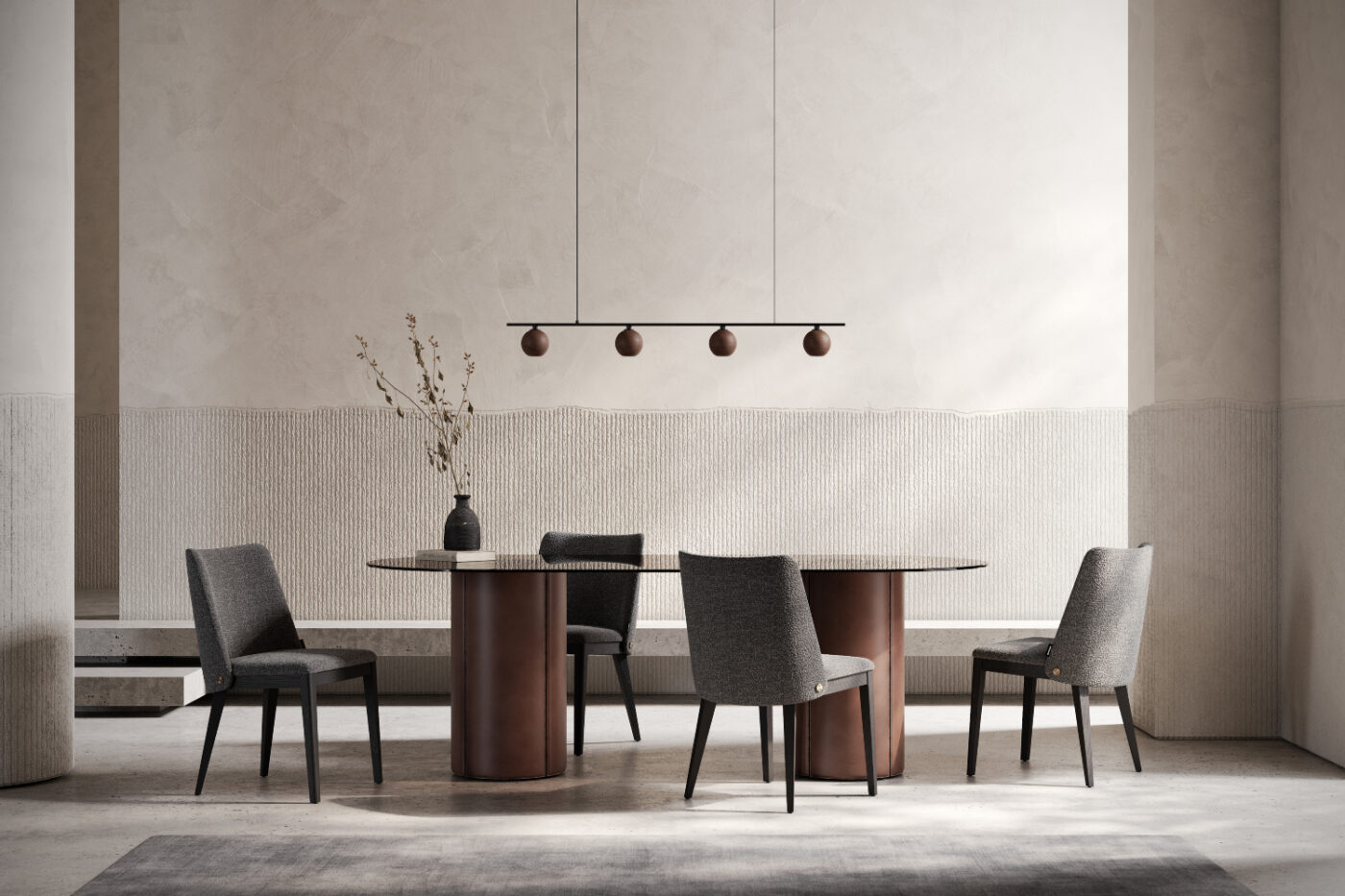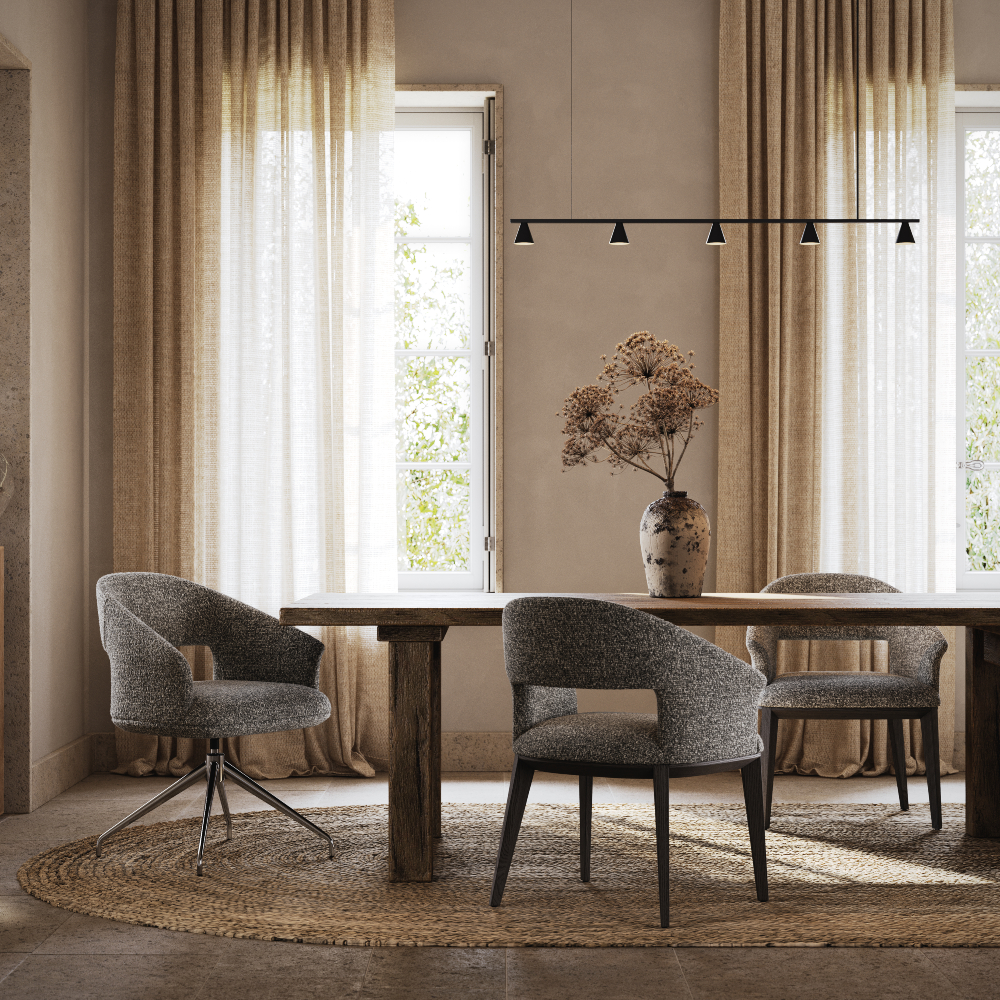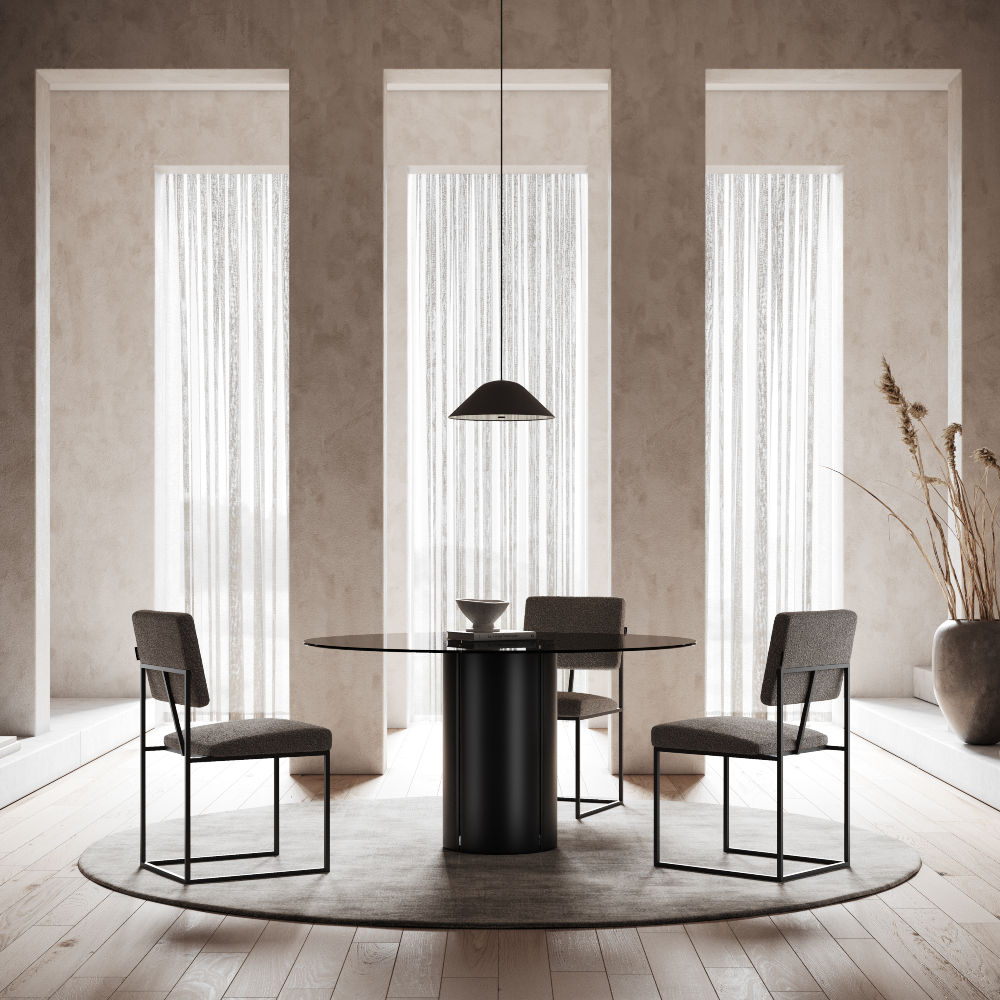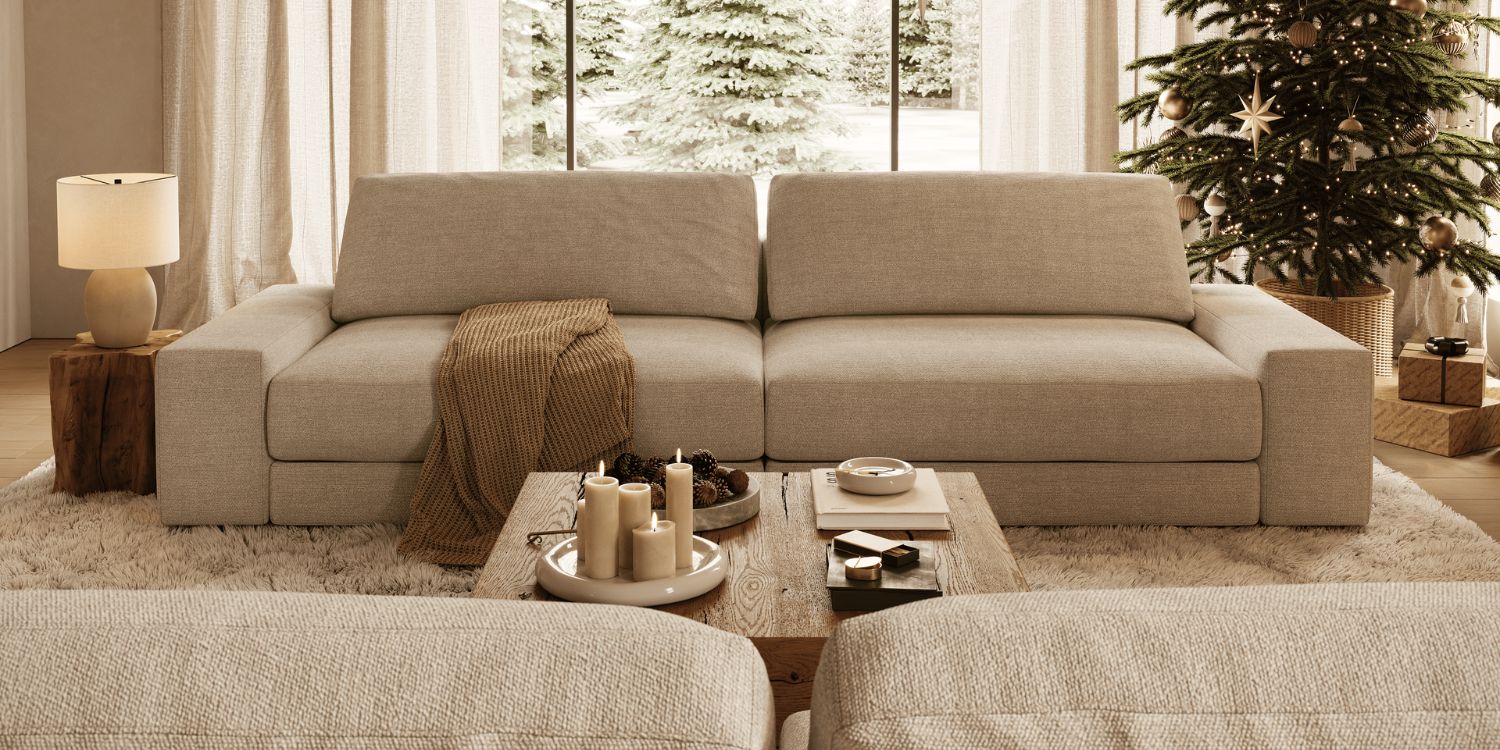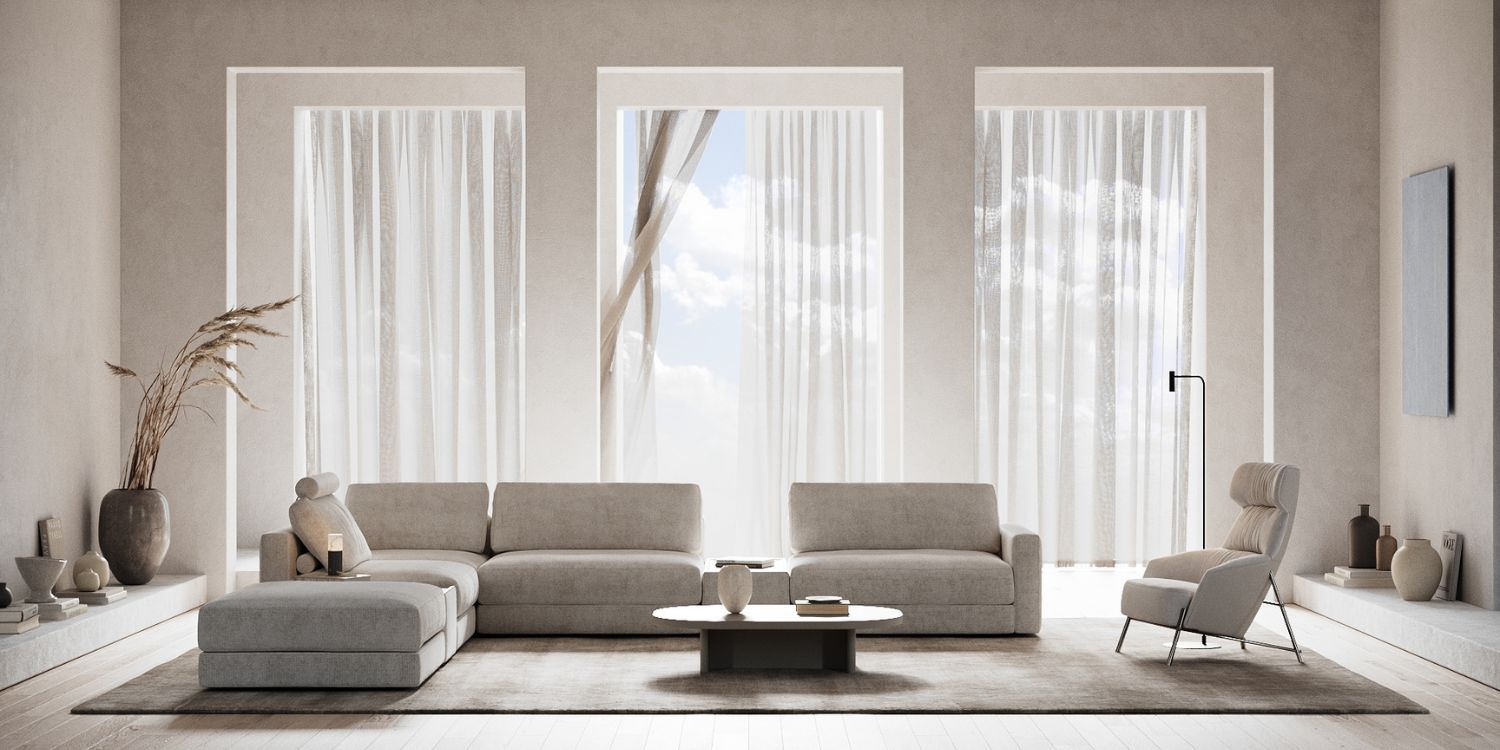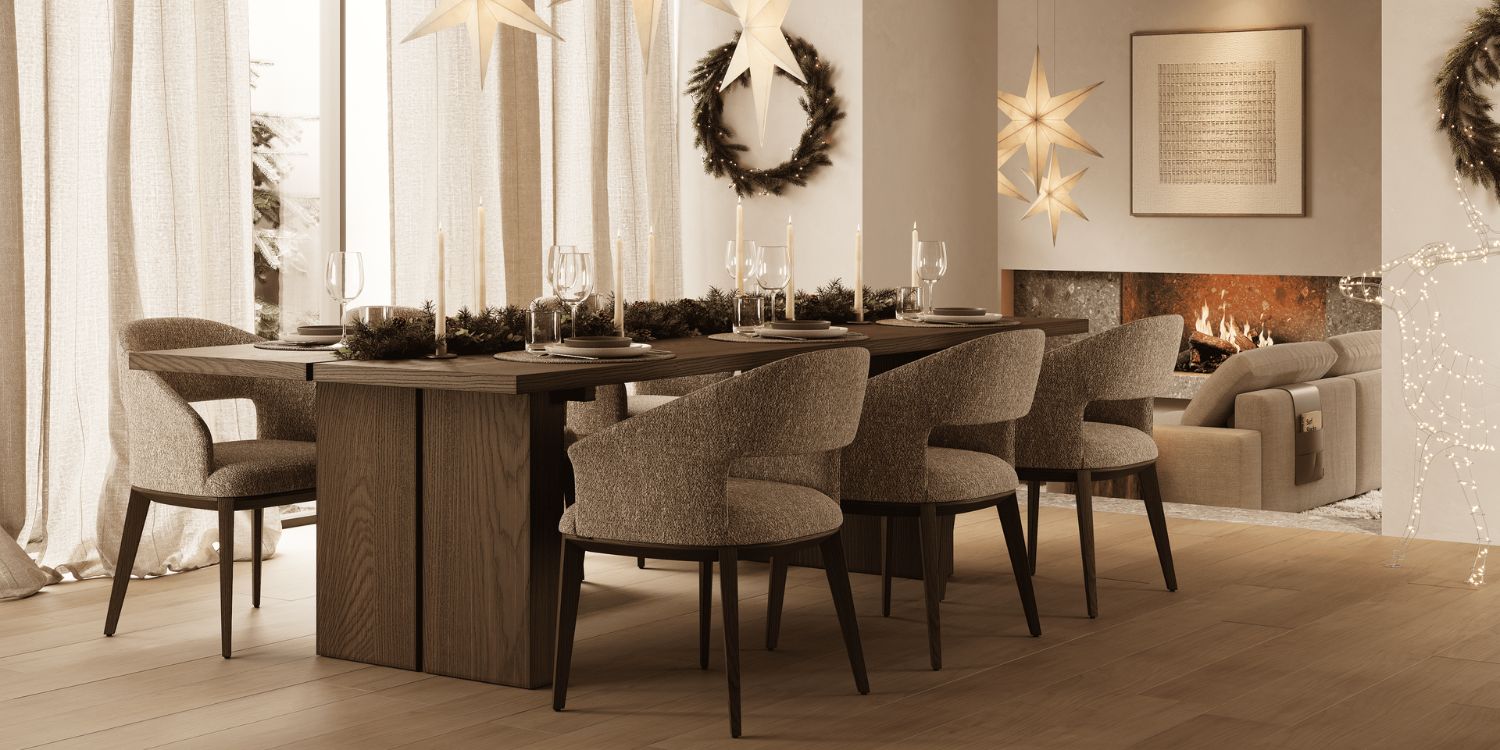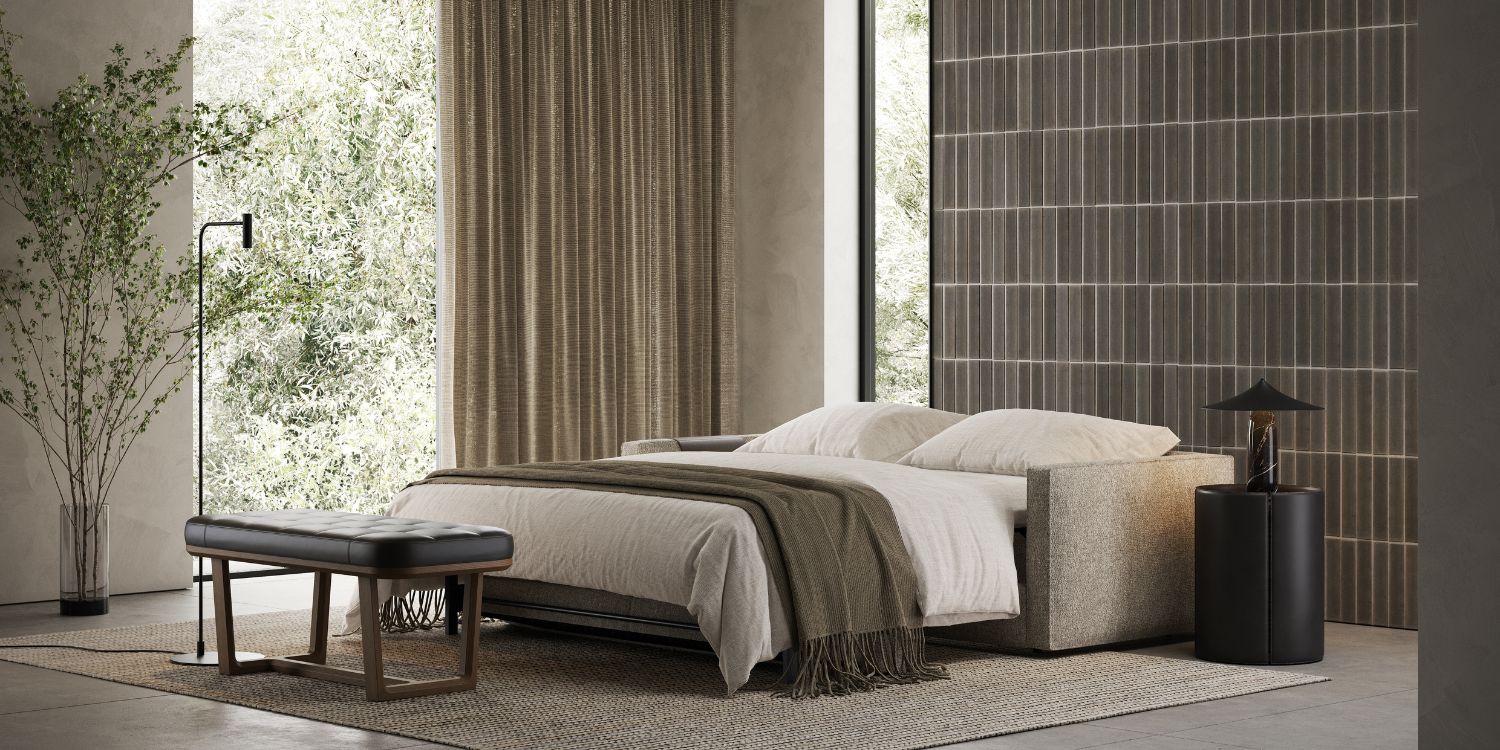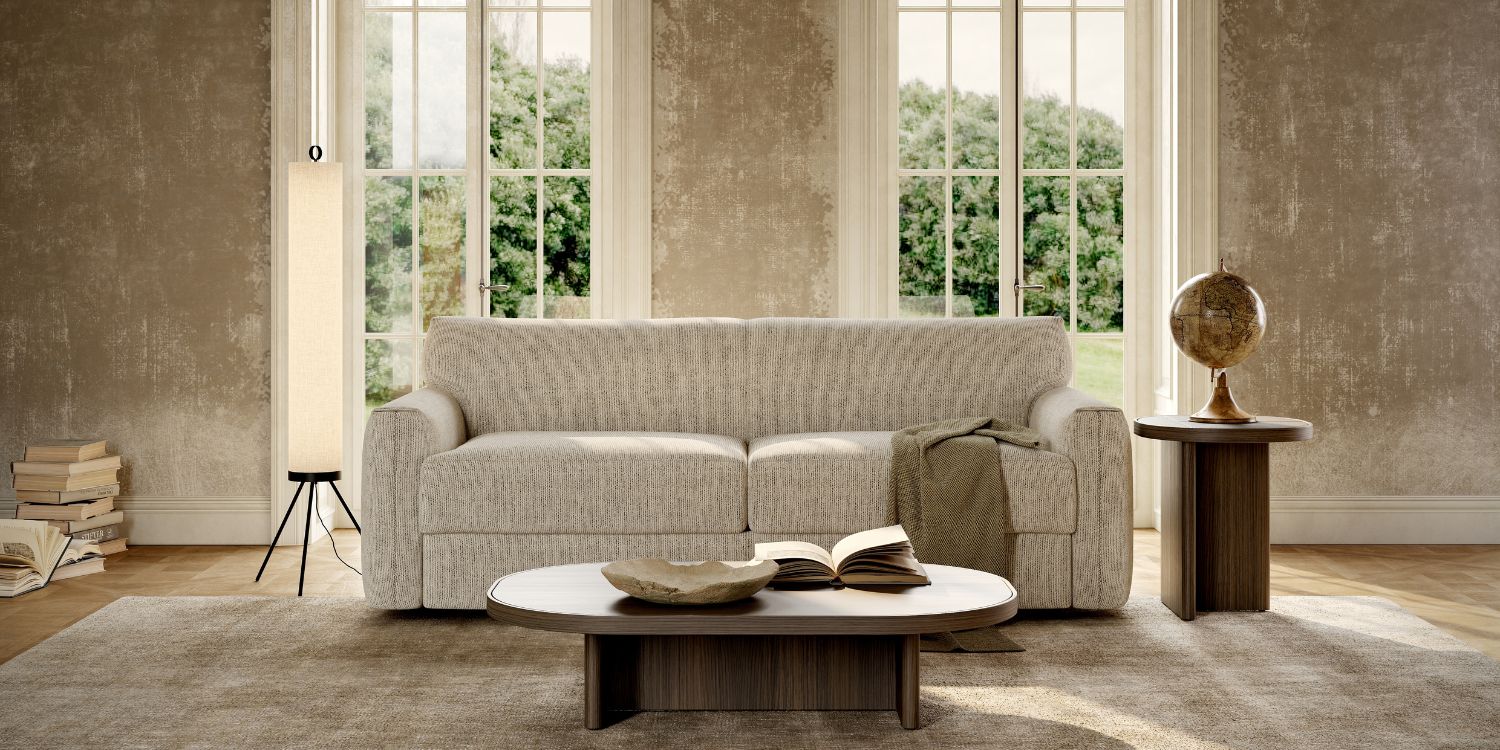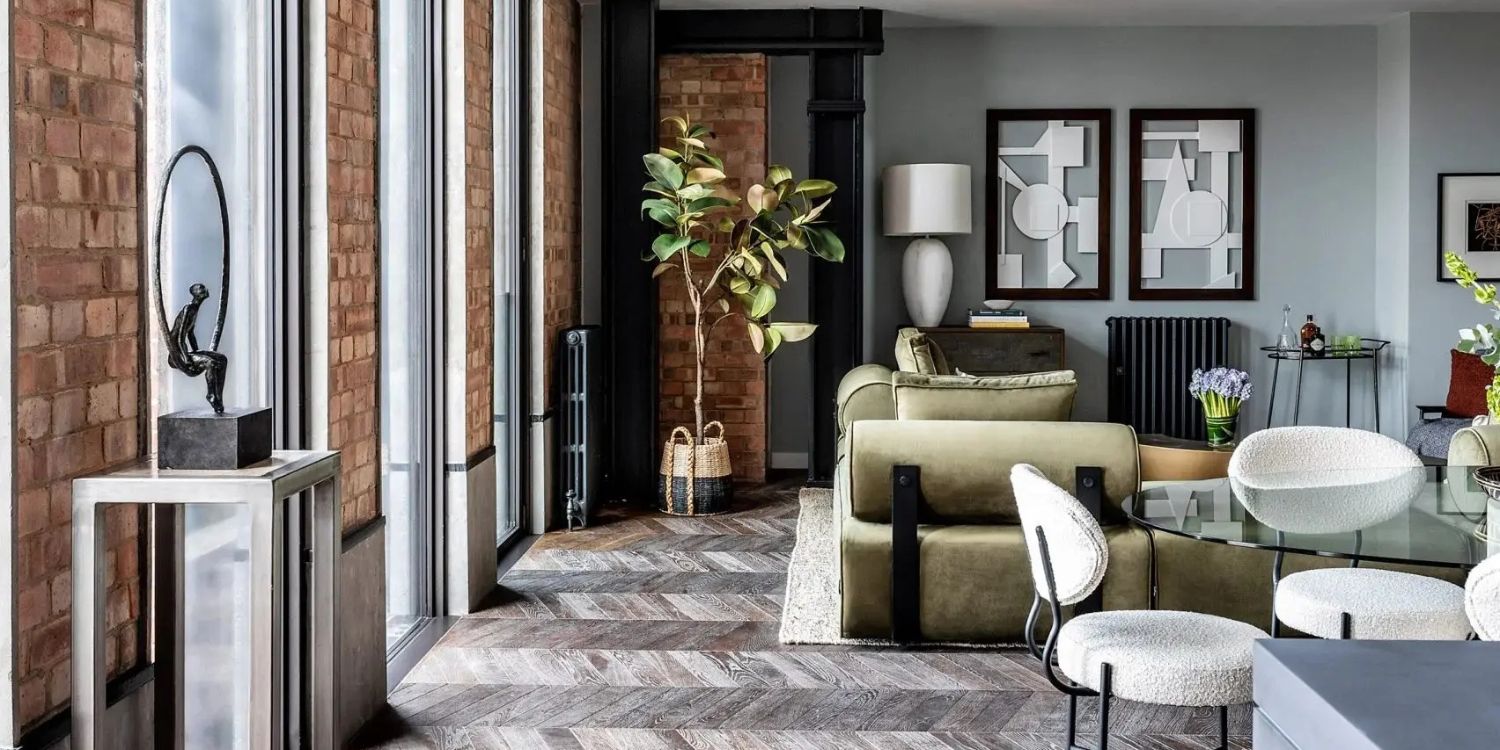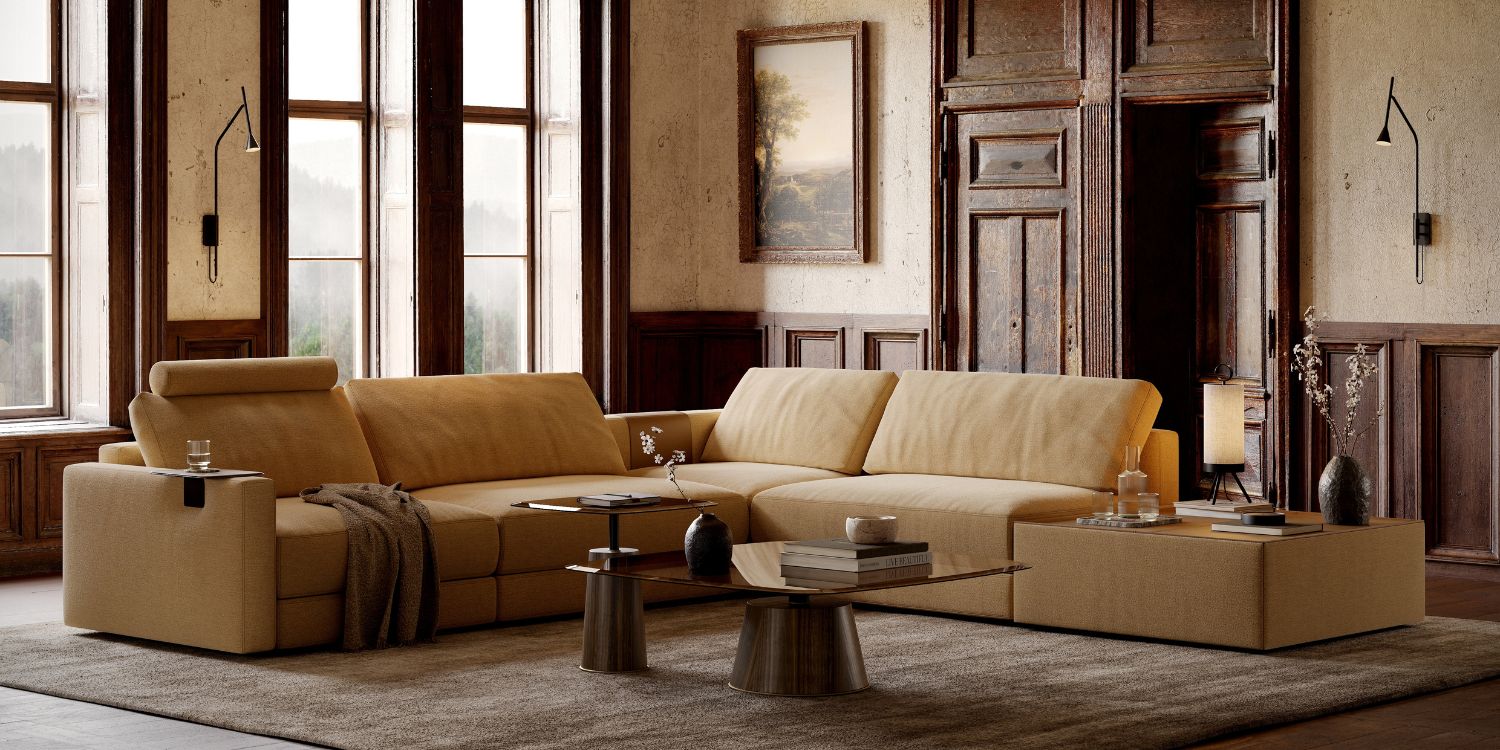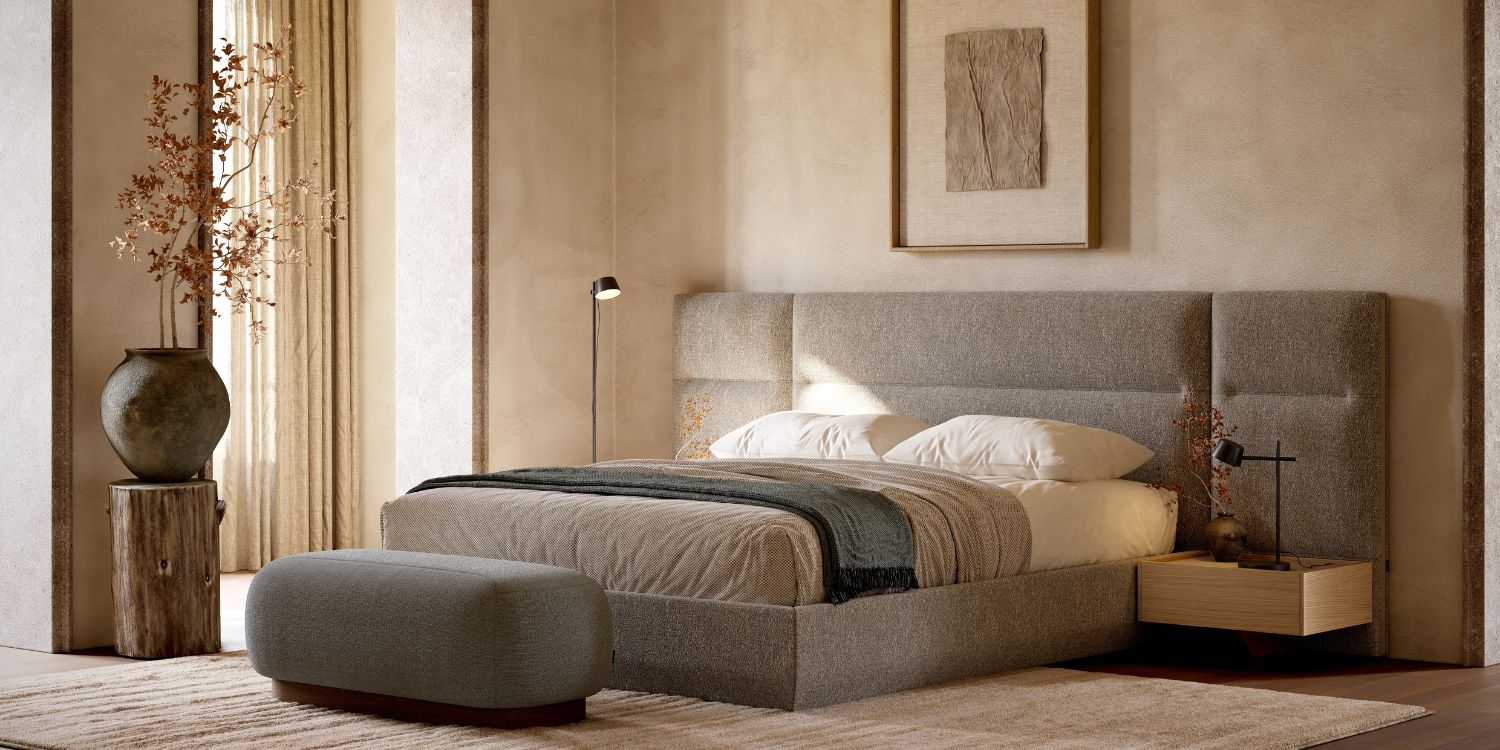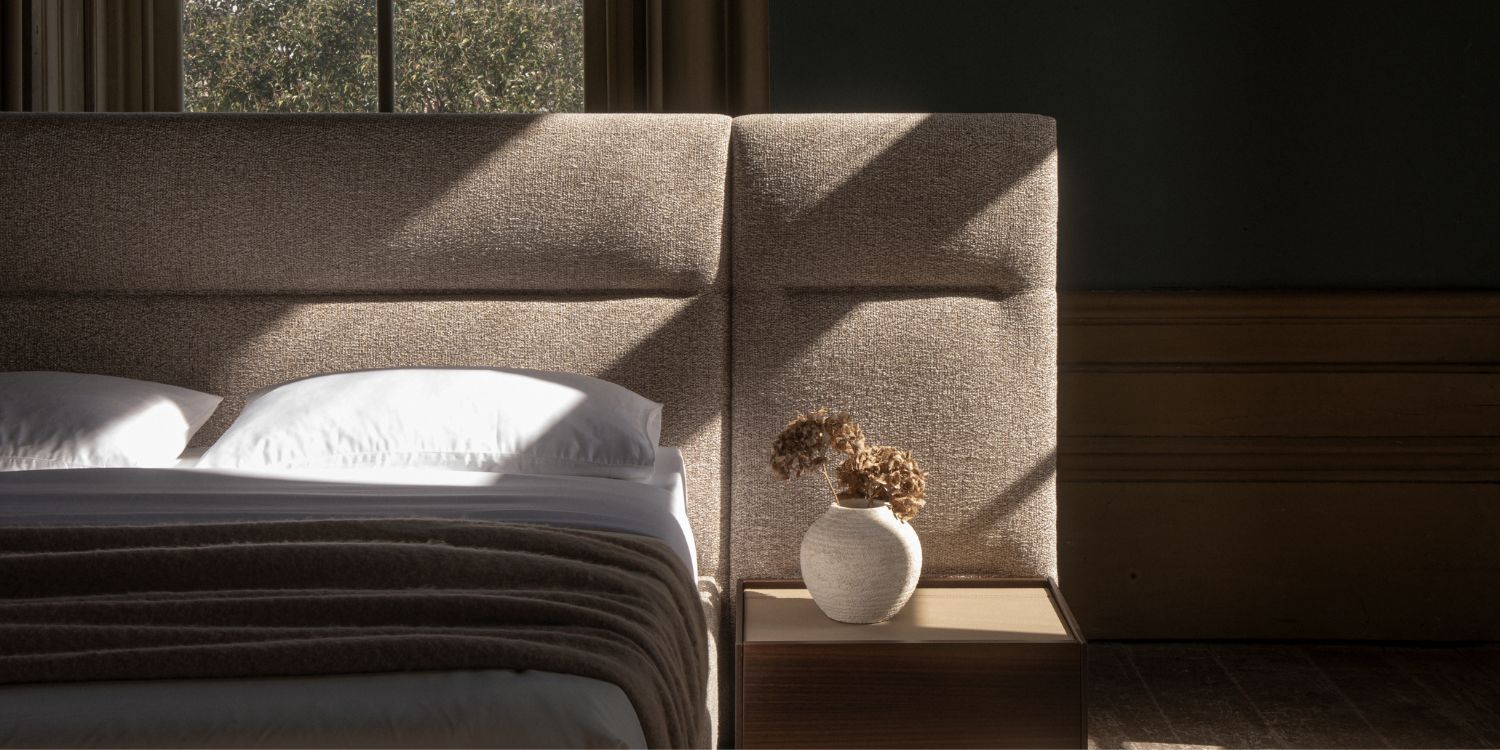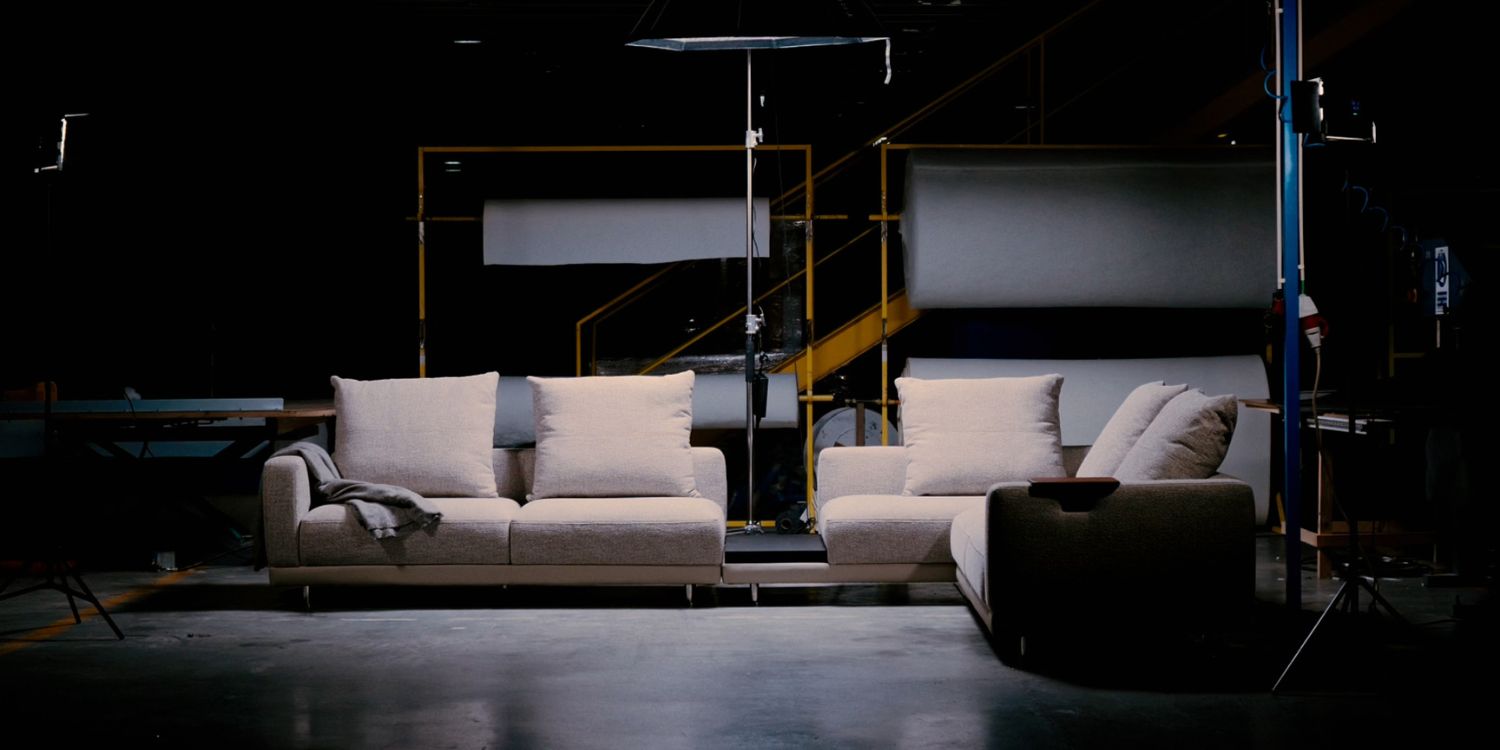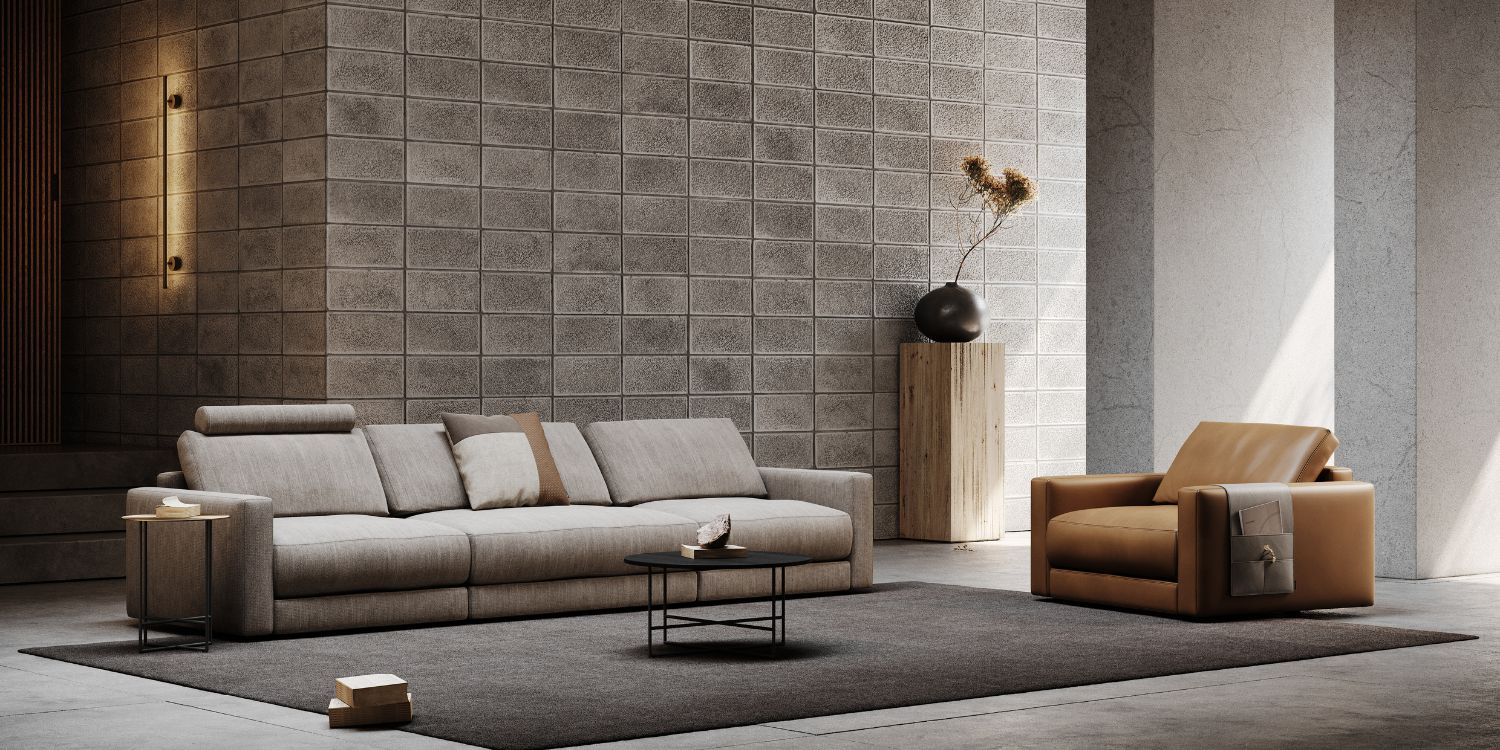Greetings, design colleagues! As seasoned professionals in interior design, you know that the dining room is often far more than just a place to eat – it’s a centrepiece for connection, style and daily ritual. With 2026 on the horizon, we’re at the cusp of a tipping point: evolving lifestyles, emerging materials and shifting social behaviours are setting the stage for the next wave of dining room trends.
Understanding these trends isn’t about chasing fads; it’s about anticipating clients’ needs, hiring you as a trusted advisor and elevating your portfolio. When you speak confidently about what’s coming, you will guide your clients and position yourself as a forward-thinking designer who brings value beyond aesthetics.
In this article, we’ll explore the major themes shaping dining spaces in 2026, unpack the logic behind them and offer you actionable steps to integrate these ideas into your client projects. Consider this your trend primer, curated with intent for design professionals like you.
1. Hybridisation of dining spaces
The era of the strict “formal dining room” is waning. With remote work, flexible lifestyles and open-plan living becoming normative, dining spaces are merging with living, kitchen and workspace zones.
- Clients increasingly ask for a table that doubles as a workstation or homework station.
- Builders and architects are specifying flexible floor plans where the dining zone must serve multiple functions.
- The shift means your design must anticipate furniture that’s functional and visually distinct – to zone without walls.
Thus, a major 2026 dining room trend: creating dining zones that are flexible, hybrid and resilient.
2. Material sophistication and tactility
As people spend more time at home, the tactile experience of the dining room matters more. The closed-office world is gone (for many), so dining spaces need to bring warmth, texture and a physical quality that screens can’t replicate.
- Raw materials like terracotta, brushed metal, volcanic stone and matte ceramics are gaining ground.
- Sustainable sourcing and craftsmanship are rising in importance – not just “eco” but “crafted for feel”.
- Colour palettes are shifting away from ultra-white minimalism and instead embracing grounded, moody tones with layered textures.
In short: one of the dining room trends for 2026 is this move towards richer material palettes and a tactile focus.
3. Colour and maximalism re-emergence
Minimalist Scandinavian white will always have a place, but by 2026, we’ll see a rebound of expressive colour, pattern and personality in dining rooms. Why? Because people want interiors that feel human, not showroom-sterile.
- Deeper hues such as forest green, charcoal, inky blue and terracotta are showing up.
- Wallpaper, textured wall finishes and artisan-fabric drapes are making a comeback.
- Mix-and-match dining chairs, with varied upholstery or colour, are trending.
Therefore: among the dining room trends worth noting is the resurgence of bold colour, pattern and character, especially in professional projects aiming to differentiate.
4. Human-centric lighting and atmosphere
The dining table is an anchor point. The lighting above it does more than illuminate: it shapes mood, ritual and time. As clients spend longer at home, they’re seeking lighting that adapts: bright for breakfast and laptop tasks, intimate for dinner and conversation.
- Layered lighting – ambient ceiling, pendant focused over table, wall sconces – becomes standard.
- Smart lighting systems (dimming, tunable warm/cool) are no longer niche – they’re expected.
- Sustainable LED solutions combined with high-quality fixtures see increasing demand.
Hence: a key trend is designing lighting schemes that are flexible, human-centric and tailored for experience.
5. Sustainability and longevity as design drivers
By 2026, “eco” is table stakes: clients expect durability, repairability and sustainable sourcing – not just one-off gimmicks. Dining rooms, being high-use zones, are at the forefront.
- Designers will specify FSC-certified timber, recycled metal, low-VOC finishes and modular furniture that can adapt rather than be replaced.
- Circular economy narratives: e.g., “This dining table can be refinished in five years rather than replaced.”
- Clients want honesty in materials and provenance – those vague claims are being replaced by actual certifications and visible craftsmanship.
Thus: sustainability and longevity stand out among the dining room trends of 2026 as not just nice-to-haves but essential.
6. Domestic ritual and well-being
Finally, the dining room is reclaimed as a space of ritual, conviviality and wellbeing – not just for daily meals but for gathering, listening and connecting. This cultural shift informs how you design the space.
- Comfortable seating for longer stays, thoughtful acoustics to minimise echo and lighting schedules aligned with circadian rhythms.
- Biophilic elements: plants, natural textures, outdoor views (even indoor grows) integrate into dining spaces.
- Flexibility to host – not just dinner parties, but board games, reading, and working – so the furniture and layout are agile.
Therefore: one of the dining room trends for 2026 is designing for the human mind and body, not just aesthetics.
Step-by-step for a 2026-ready dining room
1 – Audit the client’s lifestyle and patterns
- Ask: “Will this table double as a workspace or homework zone?”
- Map out use scenarios: breakfast, lunch, dinner, home-office, kid-crafts, entertaining.
- From that framework, decide on size, shape (round vs oval vs rectangle) and flexibility (extendable, modular).
2 – Select a material palette focused on tactility and durability
- Sample finishes: matte ceramic tabletop, brushed brass legs, hand-woven natural-fibre seating.
- Source sustainable materials.
- Introduce texture contrasts: e.g., a soft upholstered bench paired with a stone-top table.
3 – Design the colour and pattern scheme
- Establish a dominant base colour (e.g., charcoal or forest green) with two secondary accent tones.
- Choose upholstery/wall coverings or carpet for pattern interest.
- Allow for one expressive piece: e.g., a bold wallpaper on one wall or mismatched chairs in accent colours.
4 – Lighting layout mastery
- Place the main pendant fixture 75-85 cm above the tabletop (industry standard), ensuring even illumination.
- Add ambient lighting: wall sconces or cove LED strips to soften shadows and create mood.
- Incorporate layered lighting controls: dimmers, warm/cool tuning, smart control.
5 – Furniture and layout for flexibility
- Choose an extendable table or modular units that can be reconfigured.
- Add seating that’s comfortable for variably long stays – mix bench + chairs for versatility.
- Consider acoustics: add rugs, fabric wall panels or heavy drapes to reduce echo in open spaces.
6 – Green and well-being elements
- Integrate a plant wall, indoor tree or sculptural greenery near the dining zone.
- If space allows, visually connect to outdoors: sliding doors, windows.
- Emphasise natural daylight during the day and warm, low-glow lighting in the evening for circadian comfort.
As we look toward 2026, the dining room emerges as a true reflection of how we live, connect and design with intention. These six dining room trends – from hybrid functionality to tactile materials, expressive colour, human-centric lighting, craftsmanship and wellbeing-focused layouts – all share one underlying theme: authenticity.
Clients are no longer asking only for a beautiful space; they want a meaningful one. A dining area that adapts to their routines, invites connection and stands the test of time. For interior designers, this is a challenge and an opportunity. It’s about crafting spaces that go beyond aesthetics and respond intelligently to the evolving rhythm of modern life.
By embracing these dining room trends for 2026, you’re not just following what’s next; you’re helping define it. Each design decision, from the choice of materials to the lighting temperature, becomes an act of foresight and craftsmanship.
YOU MAY ALSO LIKE: Designing With The Season: Autumn Trends To Inspire Your Projects
We are working every day to bring you the most stylish ideas to fulfil your inspiration and to create the best interior design projects, so feel free to follow our Instagram Page and subscribe to our newsletter.

